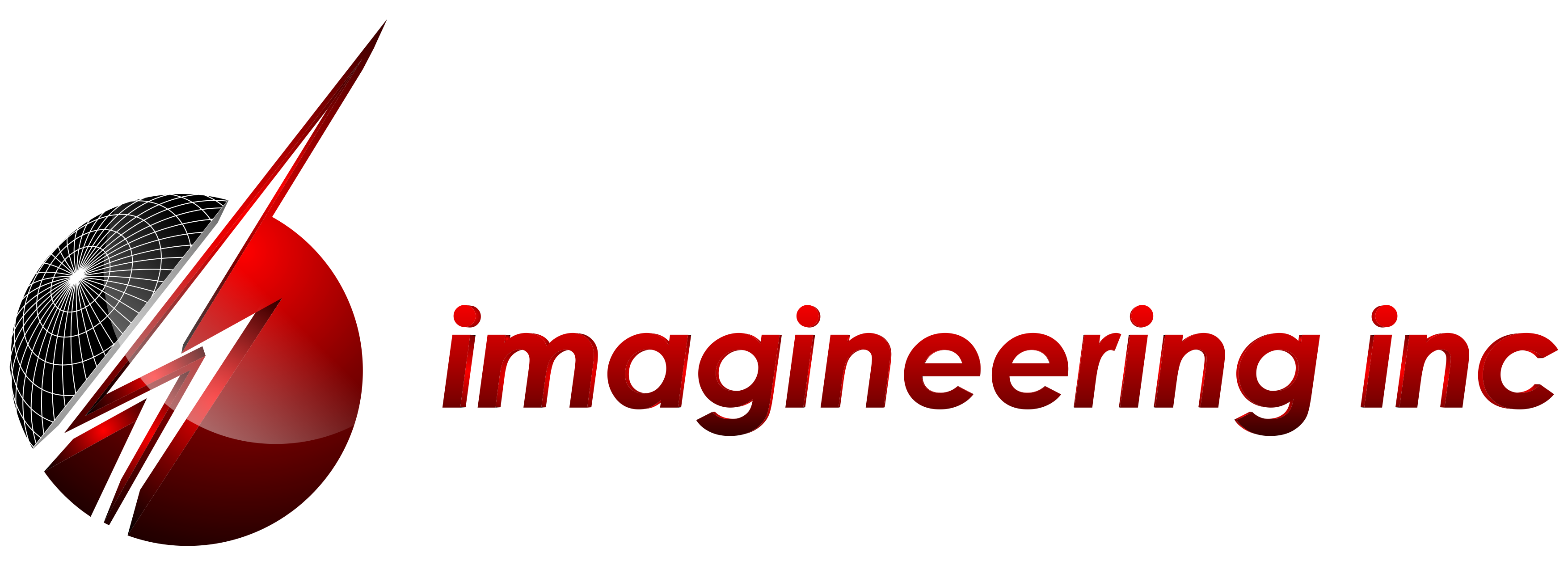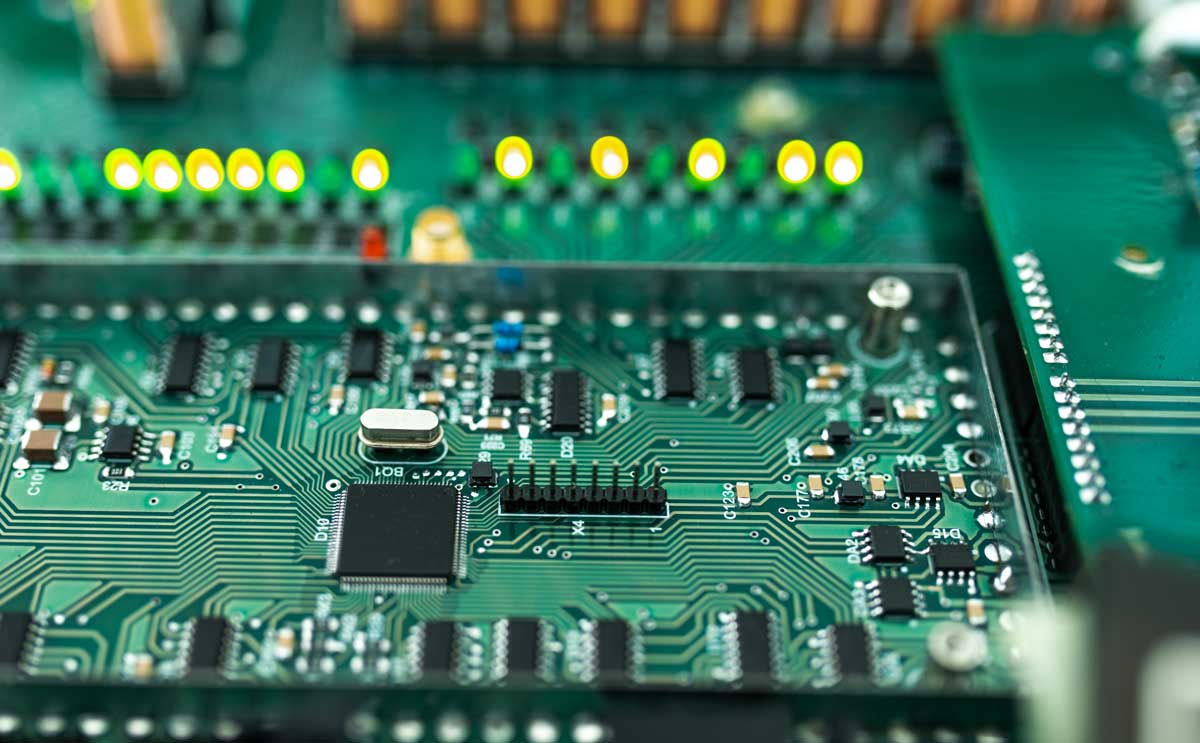Through hole assembly (or through-hole technology (THT)) is a proven technique that manufacturers rely on when a printed circuit board (PCB) needs to endure demanding conditions. It involves inserting component leads into drilled holes on a PCB and soldering them securely on the reverse side.
Unlike today’s compact surface-mount technology (SMT), which certainly has its uses, through-hole assembly prioritizes strength and reliability. Its staying power is clear. In 2025, through hole assembly remains essential for industries like aerospace, military, and consumer electronics, where durability is non-negotiable.
In this blog, we’ll explore the top tools, techniques, and technologies behind effective THT. Let’s start by breaking down the basics.
Understanding Through Hole Assembly Basics
Through hole assembly is a foundational approach to PCB manufacturing. It involves mounting components (resistors, capacitors, connectors, etc.) by threading their leads through pre-drilled holes and soldering them on the opposite side. The result? A strong, lasting connection.
Compare that to surface-mount technology (SMT), which attaches parts directly to the board’s surface for speed and space efficiency. THT offers superior resilience, standing up to heat, vibration, and mechanical stress.
The Process of Through Hole Assembly
Through hole assembly involves four key steps:
- Drill: Holes, known as vias, are precisely placed in the PCB for component leads.
- Insert: Components are added, either manually or with automated systems.
- Solder: Molten solder flows over the board, securing each lead.
- Inspect: Joints are examined to ensure quality and performance.
THT shines in prototyping, allowing easy component swaps. It’s also ideal when strength matters most. For projects where reliability is key, THT delivers every time.
State-of-the-Art Tools for Through Hole Assembly
Through hole assembly relies on precision, and today’s tools make that happen with impressive efficiency. These aren’t your old-school soldering irons—they’re high-tech systems built to handle complex PCBs.
- For example, automated insertion machines. These rigs, like axial or radial inserters, can quickly slide component leads into holes, cutting down on errors and time.
- Then there’s wave soldering. Think of a molten metal waterfall flowing over the board, locking every joint in one pass. Modern setups can handle boards up to 24 inches wide.
- For more precise jobs, selective soldering steps up. It uses pinpoint nozzles to target specific areas, perfect for mixed-tech boards with both THT and SMT parts.
- To prepare components, lead formers, and cutters shape and trim leads for a flawless fit.
Ensuring quality throughout these processes is just as critical. Here’s what’s in play:
- Automated Optical Inspection (AOI): Cameras scan solder joints for defects in seconds.
- X-ray Systems: Peek inside dense boards to catch hidden flaws.
- Functional Testers: Verify the board works as intended.
These tools don’t mess around. They ensure through hole assembly delivers precision and reliability every time. From insertion to final checks, the right equipment keeps quality sky-high and production humming.
Through Hole Assembly for Prototyping and Niche Applications
Through hole assembly is a powerhouse when it comes to specific or niche PCB designs, and especially for prototyping. With THT, swapping components is a breeze, letting designers tweak and test without starting over. That flexibility keeps it a favorite for early-stage projects.
Beyond prototypes, THT holds its own in niche roles. It’s the backbone for applications where strength trumps size. Think high-power setups like motor controls or rugged gear for harsh environments (industrial machines, anyone?) It also shines in high-frequency designs, like RF circuits, where solid connections matter.
Why is through hole assembly so versatile for these niche projects?
- Durability: Solder joints handle vibration and heat without flinching.
- Component Size: Bigger parts—like hefty capacitors—fit right in.
- Ease of Repair: Fixing or upgrading boards is simpler than with SMT.
A soldering iron and some patience can handle basic projects, meaning DIY hobbyists can dip into THT, but scaling up requires pro-level tools like wave solder systems. Through hole assembly’s real magic happens in specialized settings. It’s proof this method still delivers where reliability and adaptability count most.
Real-World Applications of Through Hole Assembly
Through hole assembly is a lifeline for industries that demand unbreakable performance. Let’s look at where THT proves its worth in the real world, starting with three key sectors: aerospace, military, and power electronics.
Aerospace
In aerospace, reliability tops the list. Take avionics systems—those control units guiding planes through turbulence. THT’s robust solder joints keep critical components, like high-power resistors, locked in place, no matter the altitude or vibration. It’s a small but mighty detail pilots count on.
Military
Military gear leans on THT too. Durability here isn’t optional: it’s survival. Think rugged field radios used in combat zones. Through hole assembly secures chunky connectors and capacitors, ensuring clear comms even when dust, heat, or jolts hit hard.
Power Electronics
Power electronics bring their own challenges. Consider industrial motor drives powering factory lines. THT handles the beefy parts like large transformers that manage heavy currents, shrugging off heat and stress like it’s nothing.
Why does THT fit these roles?
- Strength: Joints endure extreme conditions.
- Scale: Bigger components integrate seamlessly.
- Longevity: Repairs and upgrades extend lifespan.
From sky to battlefield to factory floor, through hole assembly delivers wherever failure’s not an option.
Imagineering and the Future of Through Hole Assembly
Through hole assembly remains a cornerstone of PCB manufacturing, blending durability with versatility across tools, techniques, and applications. From automated insertion machines to selective soldering and real-world wins in aerospace and military, THT proves it’s built to last.
However, the high-tech machines and precise knowledge required to adapt this technique at scale means you’ll need to work with an experienced PCB manufacturer to get the most out of it.
Imagineering has spent decades perfecting our knowledge of through hole assembly and acquiring the state-of-the-art machines that help us turn ideas into reality. Whether you’re creating avionics to endure high altitudes, rugged military radios, or power electronics driving industrial production lines, we have the THT solutions to stand up to the toughest demands.
Turn your PCB vision into reality today. Reach out to Imagineering and let us know what you’re interested in building.

